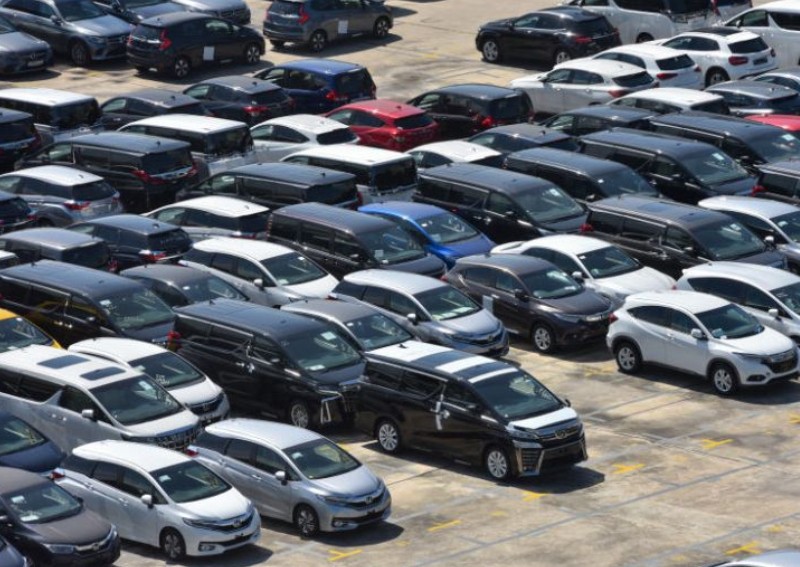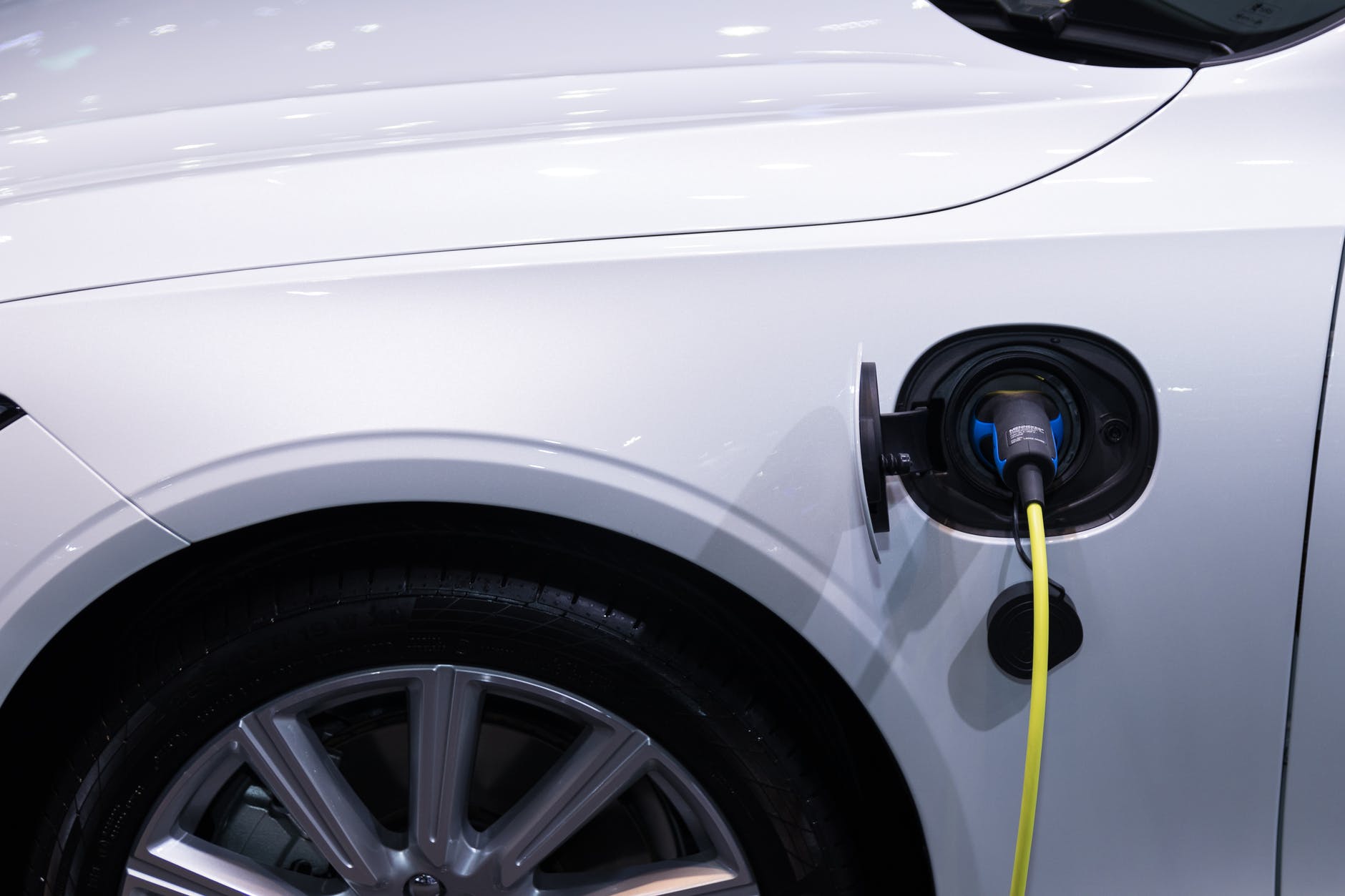How the conflict in Ukraine will affect drivers in Singapore

Europe may be halfway around the world, but the conflict there has serious consequences for drivers in Singapore.
We are only in the second month of 2022, but this year is shaping up to be the darkest one in many decades. The Covid-19 pandemic, still yet to be contained, continues to upend lives. Rising inflation is eager to throttle economic recovery.
Now, we have a conflict that no-one in their right mind would ever wish for.
This article will not discuss Russia’s invasion of Ukraine. Instead, it is intended as a realistic look at how drivers in Singapore here will be affected by the conflict halfway around the world.
Globalisation, world trade and interconnectedness mean that a storm that happens overseas can result in us being buffeted by strong winds.
Here are three big consequences that we should brace ourselves for.

Petrol prices have already been climbing prior to this conflict, but another spike in oil prices is possible. We all know that when war breaks out, oil prices rise.
Russia’s biggest export is energy – both oil and natural gas. If the country were to be further sanctioned and its energy exports blocked from world markets, the fall in global supply will lead to a rise in prices.
Russia is also the second largest producer of natural gas. If this were also blocked from most markets, supplies would be strained. Western Europe would be primarily affected, and as markets compete for a scarce resource, an increase in prices is inevitable.
In Singapore, natural gas is used to produce around 95 per cent of our electricity. It is possible that utility rates could rise.

If electricity costs rise, it will become more expensive to charge an EV. However, it is unlikely that charging an electric car will cost as much as a tankful of petrol.
On the topic of EVs, the single most expensive component in an electric car is the battery. EV batteries require ingredients such as lithium, neodymium, cobalt and nickel. Russia is one of the world’s largest suppliers of nickel.
With the automotive industry producing more EVs and the demand for these models growing, battery manufacturers such as LG, CATL and Panasonic require more of these minerals for production.
If Russia’s mining industry is sanctioned and the supply of these raw materials comes under pressure, EV batteries – and the cars themselves – will become pricier.
Conflict in Europe affects numerous industries, many of which have ties to automobile manufacturing. The link between mining and EV batteries is just one of them.
Let’s start with something broad and simple – energy requirements. Many European countries rely on natural gas to generate electricity. If natural gas prices rise, production costs go up as well.
Apart from carmakers, component manufacturers may be affected, too. As costs rise, the end products inevitably become pricier.
But apart from costlier cars, a shortage of parts could lead to production delays and unavailable models. Volkswagen, for instance, recently announced that it is halting production at two plants due to a shortage of parts that are made in Ukraine.
Then there’s the logistical issue.
Planes, trains, trucks and ships have to be rerouted to avoid the areas of conflict. If energy prices rise and logistics firms have to make detours for safety, we can assume that shipping and transport costs will increase.
Ukraine is the second-largest European country. Its land area covers about 603,550 square kilometres, or nearly 839 times larger than Singapore. That is a huge area of concern.
At time of writing, the situation in Ukraine is still evolving. We cannot predict what exactly will happen next, but realistically, we must expect further aftershocks.
As drivers and car owners, we are susceptible to oil price hikes. Though life must go on, it would be prudent to try to trim our car running costs. Improving our fuel economy or reducing our vehicle usage in general, will help create a buffer to cushion us in the coming months.
This article was first published in Torque.